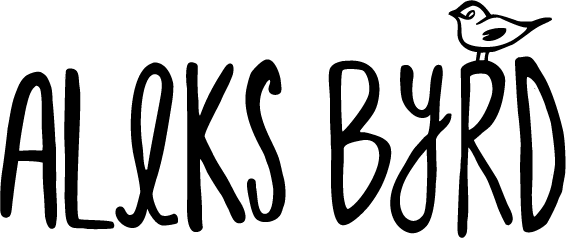Nordic Eight Point Star Grid
While I love the seeing the motifs put into geographical context on a map, it is also nice to see them lined up in a grid to see the variation and similarities within a country and beyond. It also shows a progression of the eight point star shape from a motif made of eight parallelogram shapes to that of four chevron shapes and finally a solid polygonal shape.
I arranged the motifs beginning with the Baltic countries and then moving westward as you move down. This movement reflects the generally agreed position that most motifs traveled from the east to the west. I also arranged the motifs within in each country following a similar progression starting with a star with distinct solid eight parallelogram petals/points with a either a small cross or square at the center to a eight point star consisting of four assembled chevron shapes and finally (the other most common variation type) the solid eight point star shape with ornamented center of diamonds, squares and cross (or a combination) as seen below.
Star organization pattern for each country
Motif References:
Estonian motifs:
Praakli, Aino, Eesti mustrid ilma laande laiali. Tallinn, Estonia: Tänapäev.
Latvia motifs:
Grasmane, M. (2012) Mittens of Latvia: 178 Traditional Designs to Knit. Riga: Riga National Costume Centre.
Lithuania motifs:
Nargi, L. (2011) Knitting Around the World: A multistranded history of a time-honored tradition. Minneapolis: Voyageur Press.
Selbu Norway motifs:
Selbu Bygdemuseum (2015) Strikkeutstilling. Available at: https://www.selbu.kommune.no/enheter/bygdemuseum/bygdemuseet/strikkeutstilling/Documents/The%20Selbu%20mitten.pdf Accessed: 9 November 2017.
Shetland motifs:
McGregor, S., (2003). Traditional Fair Isle knitting. Mineola, N.Y.: Dover.
pages 116-118
Denmark & Faroe Islands motifs:
McGregor, S. (1984) Traditional Scandinavian Knitting. Mineola,NY: Dover Publications Inc.
Iceland motifs:
Nargi, L. (2011) Knitting Around the World: A multistranded history of a time-honored tradition. Minneapolis: Voyageur Press.


